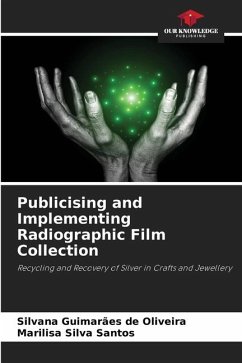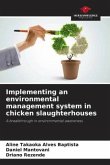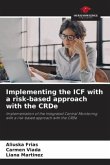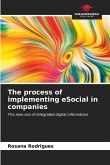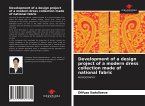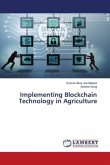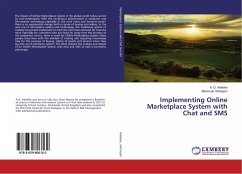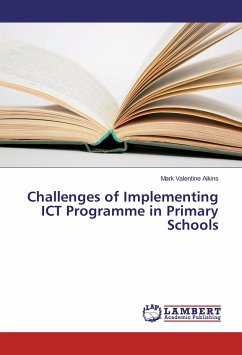Waste and effluents from the radiographic materials industry and radio diagnostic services are a valuable resource for obtaining large quantities of silver. They cannot be disposed of in the environment without prior treatment. Silver, like other heavy metals, is highly polluting and harmful to health. Acetates deposited in landfill sites can take more than 100 years to degrade. Thus, many actions have been created and developed with the aim of reducing the impact generated by the disposal of waste and effluents into the environment. The aim of this work is to publicise the methods used to recover the silver in diagnostic films and how acetate is reused in handicrafts. As a result, it was shown that recycling radiographic products is possible, as it recovers the existing silver, as well as reusing the acetate from the films in handicrafts. It is also clear that the population needs more information about the damage caused by radiographs discarded in the environment due to their composition. We need incentives to create collection points closer to their homes; in schools, health centres, shops and public places.
Bitte wählen Sie Ihr Anliegen aus.
Rechnungen
Retourenschein anfordern
Bestellstatus
Storno

